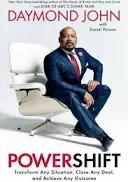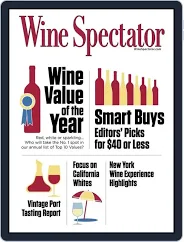Content Marketing Must Make Readers the Winners
“Shark Tank likely would not be the household name it has come to embody had it not been for Clay Newbill, Daymond John admits. “it was Newbill who pitched the idea and his choice of ideal cast members to a team of writers and editors”. In his book Powershift, Daymond John recalls a key change to the seating arrangements on the set that Newbill had made in the show, putting the Sharks at eye level with the entrepreneurs instead of on a raised stage. John’s advice to entrepreneurs is to “hone a win-win negotiating style”, striking a deal that works to the benefit of both parties.
In order to bring about a successful result in negotiating any deal, John elaborates, you need to do your homework, set the tone for the discussion, make the first move, and play to win-win. Understanding that people are people, just like you, bring value to the table without expecting anything in return, he advises. Always consider the needs of the buyers, not only those of the sellers.
Think like a buyer in your blog, I tell content writers. As Keith Rand, my late friend and co-member of Circle Business Network put it, achieving success in business means understanding – and focusing the conversation on – not what you have to offer, but on what the other party is seeking. Keith would explain that in a business transfer, the focus needs to be not on why the seller has decided to sell, but on what on what’s going on inside the buyer’s head as he or she pictures owning and running that business going forward.
In advising professional speakers on ways to drive revenue, Aussie consultant Peter Sheahan advocated being buyer-centric, doing everything with buyers’ needs in mind. Your content marketing, I tell business owners and professional practitioners, will succeed only if two things are apparent to readers:
- You understand their concerns and needs.
- You and your staff have the experience, the information, the products, and the services to solve exactly those problems and meet precisely those needs.
The content marketing principle emphasized ten years ago in a piece by socialmediatoday.com remains true: “Content marketing should be beneficial to your customer, reflective of your brand, and optimized for Google, in that order.
Content marketing must make readers the winners!






Follow us online!